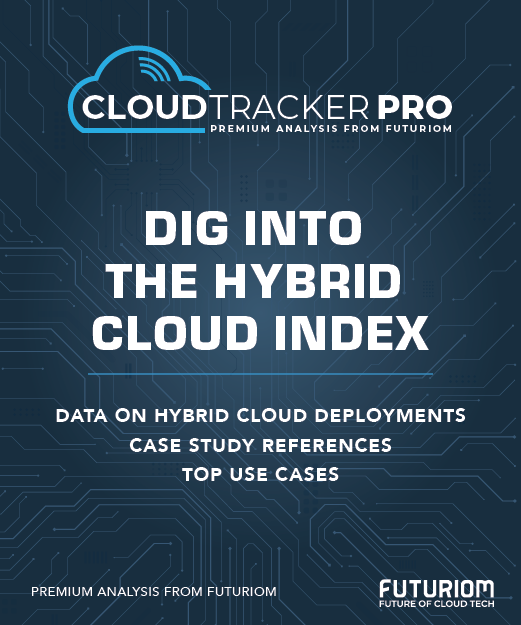Fortanix Aims to Secure GenAI With a Turnkey Pipeline

Having established its bona fides providing a data security platform, Fortanix is reaching into GenAI. The cloud-based Armet AI platform, released to public preview on April 8, aims to provide a turnkey secure data pipeline, giving enterprises a way to dive into AI more aggressively without fretting about security.
This is a big move. For some enterprises, security has been a big issue in deploying AI. When they need to deploy AI that’s tailored to their specific needs, they will need to prioritize the security of their data and large language models (LLMs) to ensure compliance and reduce risk.
Intel is a partner in the launch, as Armet AI is built on its confidential computing suite. That includes Intel Software Guard Extensions (SGX), Intel Trust Domain Extensions (TDX), and Intel Tiber Trust Authority, the zero-trust attestation service.
Addressing GenAI Security Issues
Fortanix argues that security is one of the factors hampering enterprise GenAI adoption. Certainly, GenAI has found its way into enterprises everywhere, but an organized, enterprise-grade strategy requires digging into a host of unknowns about where AI will truly be transformational, how much it's going to cost—and how it can be kept secure. Armet AI targets those companies who find that these worries are slowing down their GenAI progress.
Confidential computing is about securing data-in-use—the time when it's most vulnerable— and Armet AI covers that case, keeping data encrypted even while in use. But Armet AI also watches over the AI models themselves. It monitors for hallucinations and keeps watch over user queries as well, making sure a model isn't being seeded with a worldview that's flat-out incorrect. Maintaining access controls is part of Armet AI's bag, as is governance—keeping activities within policy to ensure compliance.
Moreover, different stakeholders can set up their own projects within Armet AI. This avoids what Fortanix says is a common mistake: applying AI policies and tools uniformly, as if an organization were a unified, centralized brain.
Features Include Confidential Compute, Guardrails
In the preview release, Fortanix has clearly thought about many of the necessary elements of a secure AI platform. The release includes features such as secure data, role-based control, and AI guardrails.
In more detail, the key features of Fortanix Armet AI include:
- World-class security: Confidential computing provides end-to-end AI pipeline security to protect data and LLMs, securing data at rest, data in motion, and data in use.
- Role-based access control: Maintain data governance and regulatory compliance with fine-grained access policies that define who can train, use, and see specific data.
- AI guardrails: Ensures data and model security by identifying and redacting sensitive data and filtering harmful inputs and outputs for secure GenAI operations.
- Rest APIs and pre-built connectors: Bring data from any source to a collaborative hub to derive insights and foster seamless knowledge sharing.
- Secure chat interface: Enables knowledge team members to have secure and private conversations with their internal documents.
- GenAI security dashboard: Enhances your AI governance and helps organizations avoid risks with real-time monitoring and actionable insights.
It's crucial to offer all these parts as a hermetic whole, Fortanix argues. Company officials believe enterprises are held back by the alternative: rigging together a secured environment from disparate pieces. Fortanix contends that Armet AI is the first environment to address the end-to-end security issues in a turnkey fashion, with data encrypted at every step.
Futuriom Take: Enterprises embrace GenAI with some suspicion, especially if they have sensitive data that the models could expose. Fortanix is addressing this in a pragmatic way, offering an all-in-one data pipeline that can fit an enterprise's existing workflow. Armet AI won't be the only competitor in this space, but it seems to be pointing the discussion in the right direction.













